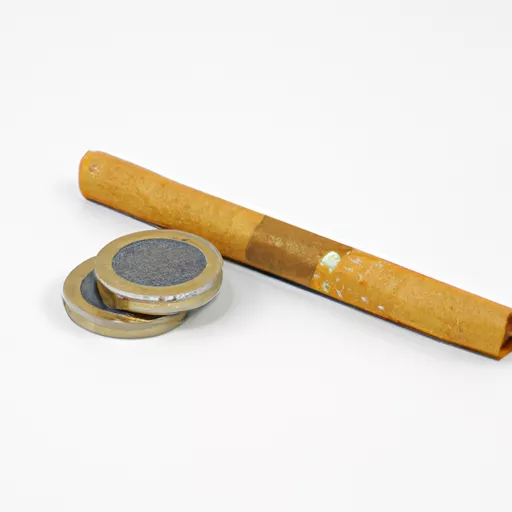
As a lover of cigars, I have always been fascinated by the smaller and often overlooked cousin of the traditional cigar – little cigars. These compact and flavorful tobacco products have gained a dedicated following among cigar enthusiasts for their convenience, variety, and unique smoking experience. In this article, I will be sharing my thoughts and knowledge on little cigars, from their history to their variations and everything in between.
First and foremost, let’s talk about what exactly little cigars are. As the name suggests, they are smaller versions of traditional cigars, typically around the size of a cigarette. They are also sometimes referred to as cigarillos or mini cigars. While traditional cigars are made from whole tobacco leaves, little cigars are made from a combination of tobacco scraps and homogenized tobacco leaf, resulting in a smaller and narrower cigar with a filter. This makes them less expensive to produce and more affordable for consumers.
Little cigars have been around for centuries, with their origins dating back to the 17th century in Spain. At the time, they were called “puros pequeños” and became popular among sailors and soldiers due to their convenient size. As trade routes expanded, little cigars gained popularity in other parts of Europe and eventually made their way to the Americas. In the 19th century, Cuba became a major producer of little cigars, with brands like Henry Clay and Cabanas becoming well-known worldwide.
Fast forward to the 20th century, and little cigars gained even more popularity with the rise of machine-made cigars. With advancements in technology, little cigars could be mass-produced at a lower cost, making them more accessible to the average consumer. Brands like Swisher Sweets and Dutch Masters became household names, and little cigars became a go-to option for those looking for a quick smoke.
Nowadays, little cigars come in a variety of flavors and blends, making them a favorite among those who enjoy a bit of variety in their smoking experience. They can range from mild to medium to full-bodied, with flavors like vanilla, cherry, and even chocolate. This makes them a popular choice among younger smokers and those who prefer a milder taste.
One of the main benefits of little cigars is their convenience. Their smaller size makes them easy to carry around, and their use of filters allows for a cleaner and more consistent draw compared to traditional cigars. They are also a budget-friendly option, with prices ranging from a few dollars to around ten dollars for a pack.
However, it’s important to note that little cigars are not without their controversies. Due to their smaller size and use of filters, many people mistakenly assume that they are a safer alternative to cigarettes. However, this is not the case. Little cigars still contain tobacco and produce many of the same harmful chemicals found in cigarettes, such as nicotine and tar. This is why it is essential to use caution and moderation when consuming any tobacco products, including little cigars.
Despite this issue, little cigars continue to have a passionate following among cigar lovers. Their unique size and flavors offer a different smoking experience compared to traditional cigars, making them a popular choice for those looking for something new.
In conclusion, little cigars have a rich history and a dedicated fan base. Their small size, variety of flavors, and affordability make them a convenient and enjoyable smoking option. However, it’s important to remember that they still contain tobacco and should be consumed responsibly. Whether you’re a seasoned cigar enthusiast or a curious beginner, I highly recommend giving little cigars a try for a unique and flavorful smoking experience.